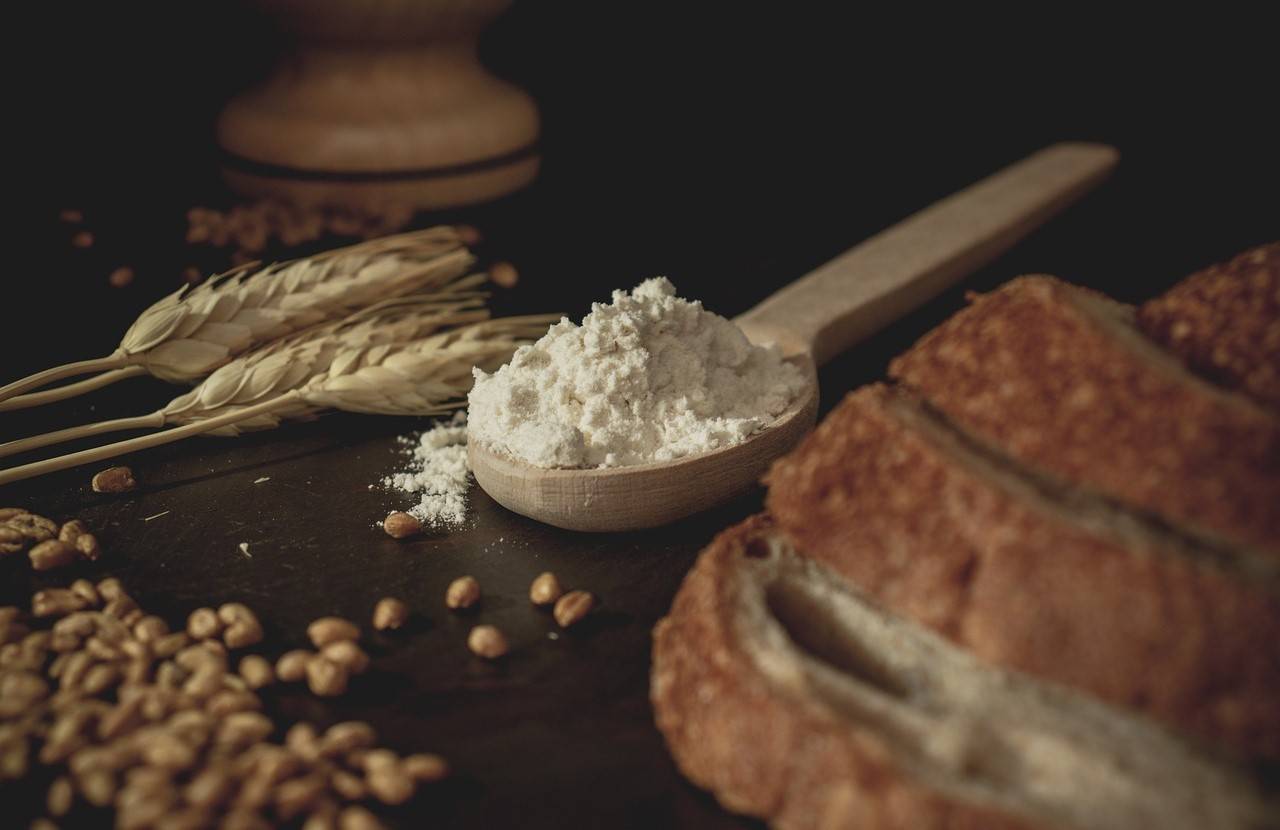
Khapli wheat, scientifically known as Triticum dicoccum, is an ancient grain that has been cultivated for thousands of years. Also known as emmer wheat or farro in different regions, Khapli wheat has recently regained popularity due to its numerous health benefits and nutritional value. Many people might be familiar with this grain, but do we truly understand what it is and why it's regarded as a superfood? This article explores the origins, characteristics, and health benefits of Khapli wheat, emphasizing why it is worth including into modern diets.
Origin & Characteristics of Khapli Wheat
Khapli wheat traces its roots back to ancient civilizations, where it was a staple food crop in regions of the Near East and Mediterranean. Archaeological evidence suggests that this grain was among the first domesticated crops, dating back to around 10,000 BCE. Its hardy nature allowed it to thrive in diverse climates, contributing to its widespread cultivation in ancient times.
The grain has a distinctive appearance, characterized by its hulled kernels that require processing to remove the outer husk. This extra layer of protection makes Khapli wheat more resistant to pests and diseases, contributing to its resilience. Unlike modern wheat varieties, Khapli wheat has a lower yield, which is one reason it fell out of favor during the agricultural revolutions that favored high-yield crops.
Nutritional Profile of Khapli Wheat
Khapli wheat is renowned for its impressive nutritional profile. It is rich in proteins, fibers, vitamins, and minerals, making it a valuable addition to a balanced diet. Here are several essential nutrients found in Khapli wheat:
-
Protein: Khapli wheat contains higher protein levels compared to modern wheat varieties, making it an excellent choice for those seeking plant-based protein sources.
-
Fiber: The grain is a good source of dietary fiber, which aids in digestion, promotes gut health, and helps in maintaining healthy cholesterol levels.
-
Vitamins and Minerals: It is abundant in essential vitamins such as B vitamins (especially B3 and B6) and minerals like magnesium, zinc, and iron, contributing to overall health and well-being.
-
Antioxidants: Khapli wheat is rich in antioxidants, which help in combating oxidative stress and reducing the risk of chronic diseases.
Health Benefits of Khapli Wheat
-
Digestive Health: The high fiber content in Khapli wheat promotes healthy digestion by aiding bowel movements and preventing constipation. It also supports the growth of beneficial gut bacteria, enhancing overall gut health.
-
Heart Health: Consuming Khapli wheat can be beneficial for heart health due to its ability to lower bad cholesterol (LDL) levels. The fiber and antioxidants present in the grain help in reducing the risk of cardiovascular diseases.
-
Diabetes Management: Khapli wheat has a low glycemic index, meaning it causes a slower rise in blood sugar levels compared to refined grains. This property makes it suitable for individuals with diabetes or those at risk of developing the condition, as it helps in maintaining stable blood sugar levels.
-
Weight Management: The fiber and protein content in Khapli wheat contribute to a feeling of fullness, which can help in controlling appetite and managing weight. Including this ancient grain in meals can prevent overeating and support weight loss efforts.
-
Nutrient-Rich: Khapli wheat is a nutrient-dense food that provides essential vitamins and minerals needed for overall health. Regular consumption can help prevent nutrient deficiencies and promote better health outcomes.
Include Khapli Wheat into Your Diet
Khapli wheat can be used in various forms, similar to how one would use other whole grains. It can be cooked and added to salads, soups, and stews or used as a base for grain bowls. Khapli wheat flour is also available and can be used for baking bread, muffins, and other baked goods, providing a nutty flavor and dense texture. Khapli wheat rich nutritional profile makes it a valuable addition to modern diets, especially for those seeking natural and wholesome food options.
Khapli wheat is becoming more and more in demand as interest in traditional and ancient grains has grown. Farmers and millers are revitalizing its cultivation, making it readily available to consumers. Particularly in Maharashtra, where it's known as "Khapli Gehu," its popularity is rising. As people become more health-conscious, there is a noticeable shift in food preferences towards healthier alternatives to modern wheat.
Embracing this ancient grain not only connects us to our agricultural heritage but also paves the way for healthier eating habits.











